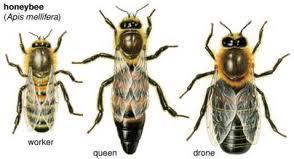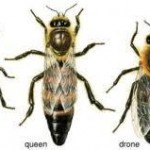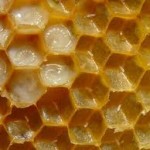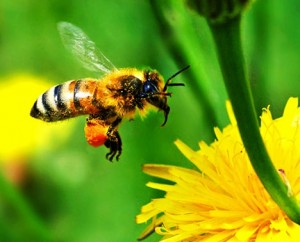 Honey bees are social insects, which means that they live together in large, well-organized family groups. Social insects are highly evolved insects that engage in a variety of complex tasks not practiced by the majority of solitary insects. Communication, complex nest construction, environmental control, defense and division of labour are just some of the behaviours that honey bees have developed to exist successfully in social colonies. These fascinating behaviour patterns make social insects in general and honey bees in particular, among the most fascinating creatures on earth.
Honey bees are social insects, which means that they live together in large, well-organized family groups. Social insects are highly evolved insects that engage in a variety of complex tasks not practiced by the majority of solitary insects. Communication, complex nest construction, environmental control, defense and division of labour are just some of the behaviours that honey bees have developed to exist successfully in social colonies. These fascinating behaviour patterns make social insects in general and honey bees in particular, among the most fascinating creatures on earth.
A honey bee colony typically consists of three kinds of adult bees: workers, drones and a queen. Several thousand worker bees cooperate in nest-building, food collection and brood rearing. Each worker has a definite task to perform, related to its adult age. But surviving and reproducing takes the combined efforts of the entire colony and the individual bees (workers, drones and queens) cannot survive without the support of the colony as a whole.
In addition to thousands of worker adults, a colony normally has a single queen and several hundred drones during late spring and summer. The social structure of the colony is maintained by the presence of the queen and workers and depends on an effective system of communication between them. The distribution of chemical pheromones among members and communicative ‘dances’ are responsible for controlling the activities necessary for colony survival. Labour activities among worker bees depend primarily on the age of the bee but vary with the day-to-day needs of the colony. Reproduction and colony strength depend on the queen and the quality and availability of food stores and the size of the worker bee population. As the size of the colony increases up to a maximum of about 60,000 workers, so does the efficiency of the colony.
 Differences in the Anatomy of a Queen Bee, Worker Bee and Drone
As far as size is concerned the queen honey bee is the longest of the three. However unlike the other two……
Differences in the Anatomy of a Queen Bee, Worker Bee and Drone
As far as size is concerned the queen honey bee is the longest of the three. However unlike the other two……
 A Closer Look at Honeycomb
Honey bee nests are made from honeycomb, which is made up of a mass of hexagonal wax cells built by the bees from wax..
A Closer Look at Honeycomb
Honey bee nests are made from honeycomb, which is made up of a mass of hexagonal wax cells built by the bees from wax..

